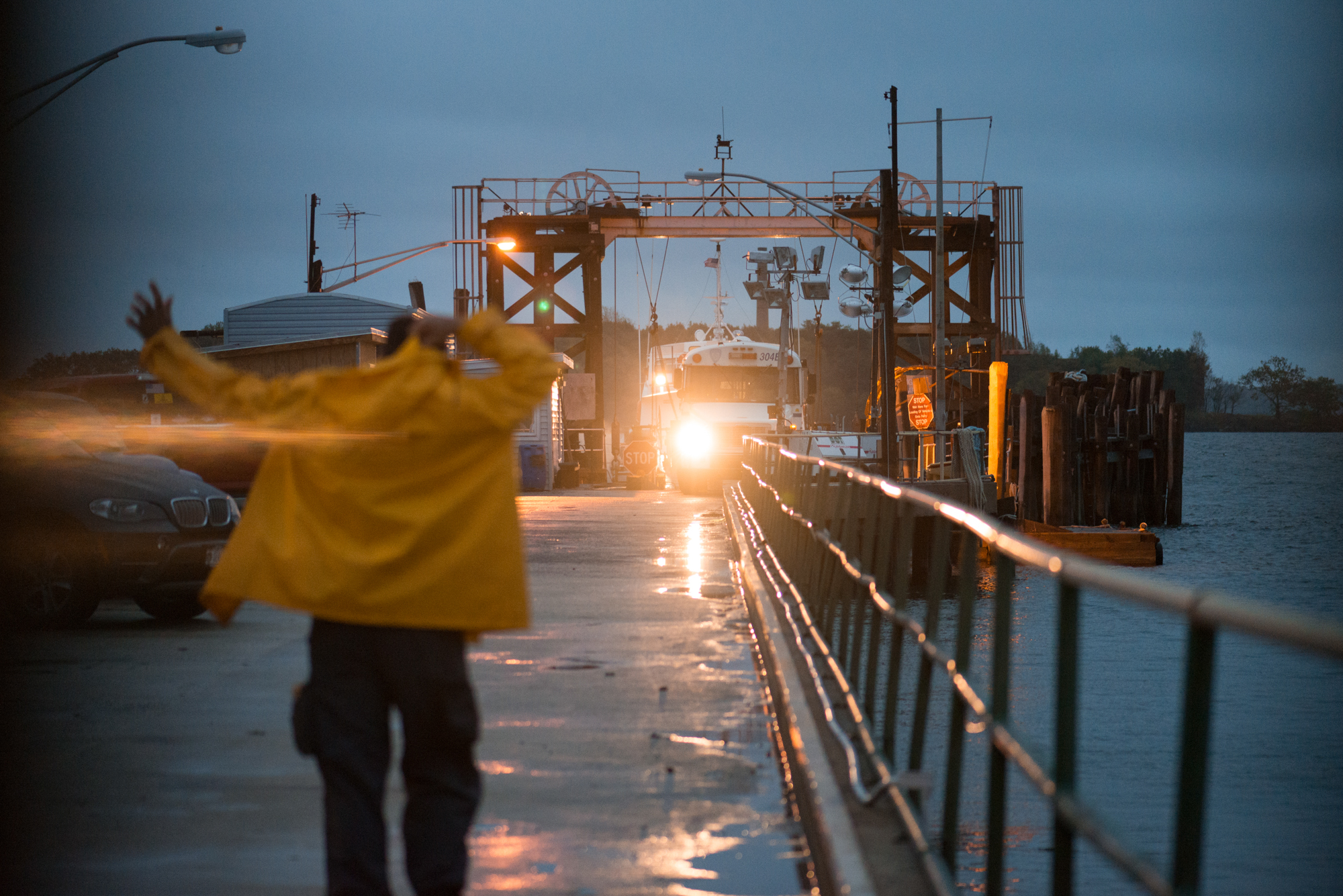The wind and the fine rain of October 2014 are sweeping the docks of City Island, a small fishing island in the Long Island Strait, east of the Bronx. Frank Mejia waits anxiously in front of a screen door displaying the words restricted area. It finally opens. The visitor submits to the guards of the Department of Correction (DOC), the New York prison administration. Hesitant, he then walks along the quay and boards a rusty ferry. Arriving the day before from San Diego, California, where he lives, 4,500 kilometers away, Frank has finally found the courage to take the trip to Hart Island, this island of barely one square kilometer, which is home to the most great mass grave of the United States.
It was there, on a pebble hidden that day by the autumn mist, that his older brother Ralf was buried, who disappeared without a trace in 1993. It is there, not far from the lights of Time Square and the rowdy luxury of Manhattan, that the city has been eliminating since 1869 the corpses of a million destitute, homeless, stillborn children or even strangers whose bodies have not been claimed by the families. This is where every week, from Tuesday to Friday, the inmates in orange uniforms at Rikers Island prison bury bodies there by the hundreds who arrived in refrigerated trucks.
If Frank Mejia can get there today, it is thanks to the stubbornness of a woman: Melinda Hunt. This artist was interested in Hart Island in the early 1990s and at the time obtained exceptional access authorization. Between 1991 and 1994, accompanied by photographer Joel Sternfeld, she documented the daily life of the island. She interviews and observes the inmates. They dig graves, trenches three meters deep where they pile rudimentary pine coffins. Each grave contains the corpses of 150 adults or 1,000 children. Every year, more than 1,000 bodies are buried in this way.
Melinda Hunt strives to “make visible this invisible place”, where New York does “its dirty work” out of sight. “I am not an American but a Canadian; I was fascinated by this place. Many of the dead were strangers, buried here because their families knew nothing about them. I identified with them… After all, I could have been in their place ”. So she describes her first intentions. Melinda then discovers “the plight of families and the absurdity of the bureaucratic system. Visiting a grave and talking to a loved one is fundamental to our culture. What is disturbing is not the principle of mass graves, but that we are prevented from visiting these people and telling their story: it is like denying their lives ”. In the midst of this inhumanity, she discovers the “unexpected kindness” of inmates who pay homage to the dead with improvised burials, pray or act as priests. A remainder of hope and proof that “indifference is not total on the island”.
– .

